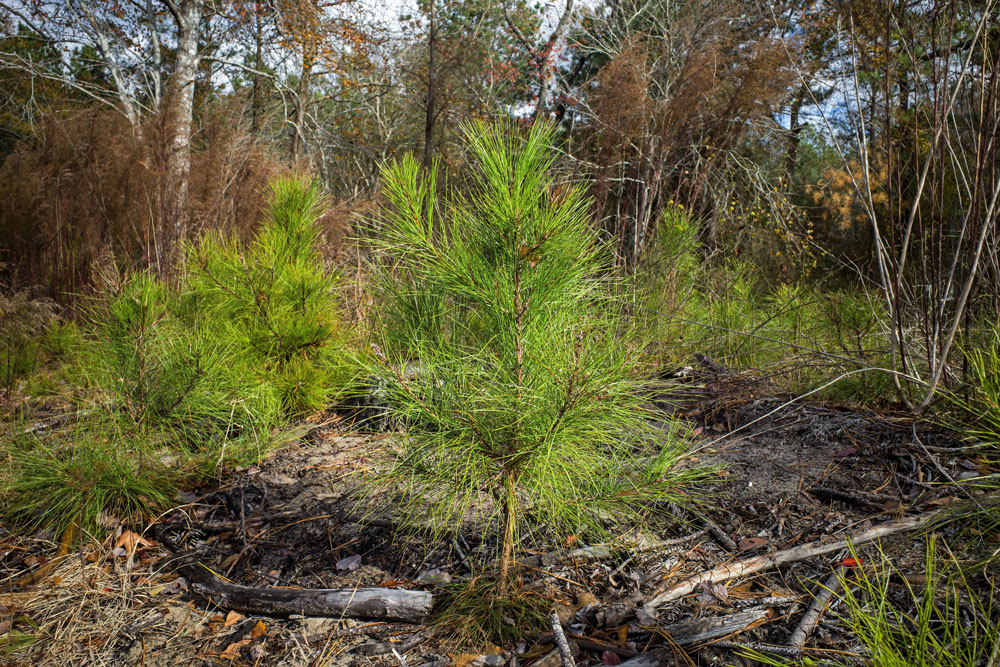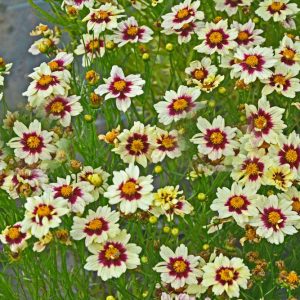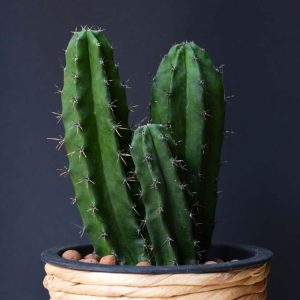Description
Pinus – Pine –
There are 115-120 monoecious, medium to tall evergreen, coniferous trees and a few shrub in the Pinaceae Family, in this genus. They are widely distrubuted in forest mainly in the Northern Hemisphere, from the Arctic Circle to Central America but also in Europe, Northern Africa and Southeastern Asia. The bark is often fissured, and in some species is divided into irregular, plate like sections. Pines bear small bundles of 2-5 rarely 1 or 6-8, needle like, light to dark green or yellow-green to bluish or gray green leaves, which usually persist for 2-4 years sometimes for longer, and range from quite small to as much as 18″ long. The winter buds are usually cylindrical or egg shaped, up to 20″ long, and often resinous. Male and female cones are borne on the same tree, females cones take 2, or occasionally 3 years to ripen, the seeds are winged in most species. Male cones are yellow and catkin like, clustered at the shoot bases. Pines are useful as specimen trees, and for shelter and windbreaks, some cultivars and slow growing species are suitable for a rock garden or mixed border.
Pines are divided into 2 major groups, the white pines (soft pines) with typically 5 needles and non woody cone scales, and the black pines (hard pines) with typically 2 to 4 needles and woody cone scales.
Grow these easily grown plants in any well drained soil in full sun, but may need a symbiotic soil fungus to assist nutrient uptake on poorer soils.
Prone to sawfly, caterpillars, scale insects, mealybugs, miners, borers, blister, rust, butt rot, blights (including Diplodia tip blight), pitch canker, cone rust, tar spot, and brown cubical rot.
P. taeda – Loblolly Pine – This conical tree becoming ovoid-rounded with age found from South New Jersey to Oklahoma, Eastern Texas, and Florida grows 60-100′ feet tall and with a variable width. It has scaly, gray bark, deeply furrowed with age, and glaucous, mid green young shoots and oblong-conical, long pointed buds. It produces finely toothed, dark yellowish green leaves, 6-10″ long, with silvery white lines on all sides, are borne in 3’s or occasionally in pairs, and persist until the second autumn. It bears oval to narrowly conical, rust brown female cones, 3-6″ long, have thick, triangular sharp spines and winged seeds. Useful as a quick screen. One of the leading timber species in the USA.
Zones 6-9





